William Herschel was a German astronomer and musician who rose to fame when he discovered the planet, Uranus. He was born in Germany as Friedrich Wilhelm Herschel as the son of Anna Moritzen and Issak Herschel.
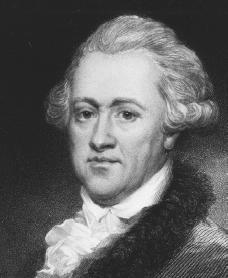
His father was a military musician and young Friedrich played in the same band in his early years. In 1759, he left the band to become a musician before becoming an organist.
Introduction to Astronomy
Herschel was not an astronomer by profession but he had a significant interest in the workings of space and the vast confines of the universe. In the year 1772, his sister Caroline moved to England to live with him and train as a singer.
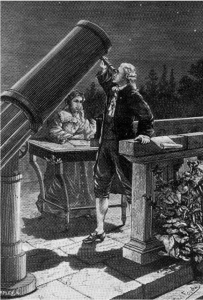
During this time, Friedrich’s interest grew in astronomy and he rented a small telescope. Gradually he learned how to care for the observational objects and polishing and grinding his own mirrors.
The Discovery of Uranus
On the night of March 13th, 1781 Herschel spotted a small object that appeared to be moving over the course of several nights. At first, he thought that it was a comet.
But after further observation, he confirmed that it was a planet. He lobbied to have it named ‘Georgium Sidus’ after King George III.
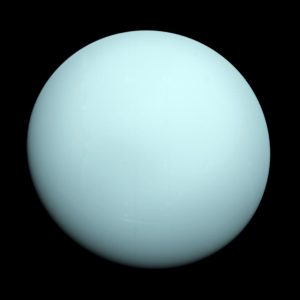
Eventually, it was named ‘Uranus’ after the Greek god of the sky. Because of his discovery, the king knighted him and named him court astronomer. Because of the increase in pension, he was able to quit music and focus fully on his pursuit of astronomy.
William Herschel Facts
William Herschel was subsequently elected as a member of the Royal Society. He was presented with the copy of Charles Messier’s ‘Catalog of Nebulae and Star Clusters’ and that pique his interest even more.
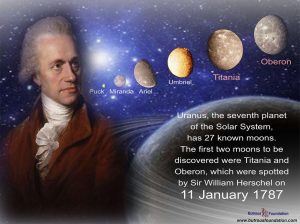
He began to delve into the exploration of the stars even more. From October 1783, he began doing a sky survey of his own. Eventually, by standing long hours peering through his telescope, he examined the entire patch of the Great Britain sky.
William Herschel Discovered
Over the course of 20 years, Herschel observed 2,500 nebulae and star clusters and recorded them in the ‘General Catalogue of Nebulae’.
This catalog eventually expanded and of the 7,840 nebulae and clusters in the catalog today, 4,630 were discovered by Herschel and his son.
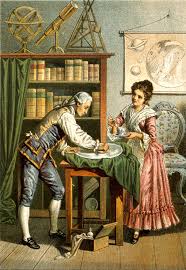
He also observed and discovered several moons around Uranus including Titania and Oberon. In the year 1800, William Herschel performed a simple experiment determining the temperature of different colors of sunlight passing through a prism.
He used his measurements to deduce a presence of what is now known as infrared radiation. He was the one that proposed the name ‘asteroids’ to large objects discovered in 1801.
The Contribution of His Sister, Caroline
Caroline Herschel, his sister, moved to England to live with him and advance her musical career. Instead, she served as Herschel’s assistant until her death. She was the first woman who discovered the first comet.
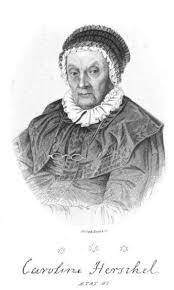
After that, she discovered eight others. She also discovered several other deep sky objects and ultimately became the first woman who was given a paid scientific position. She also received an honorary membership from the Royal Society.
More Info On- Victorian Era Astronomy, AE Housman